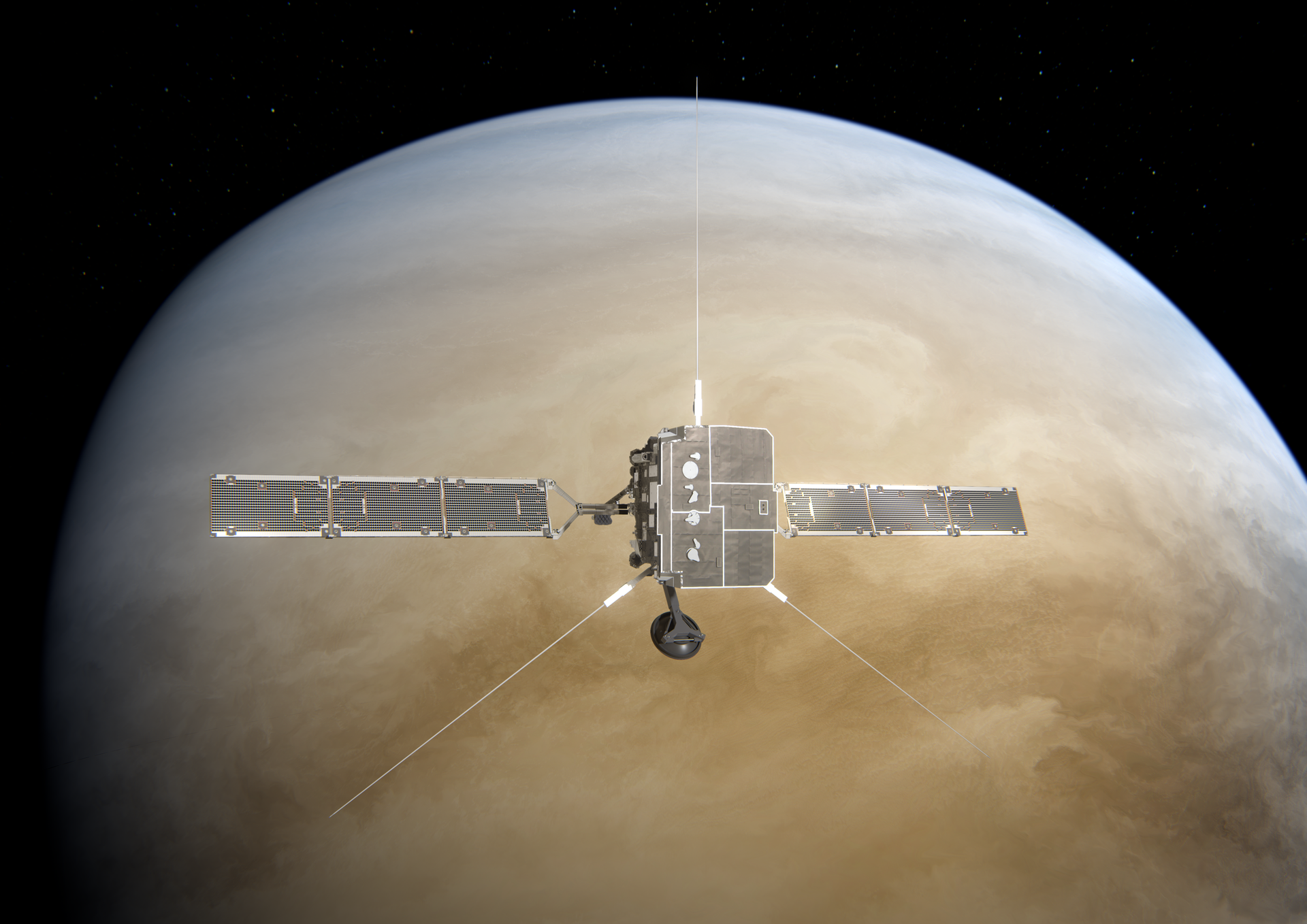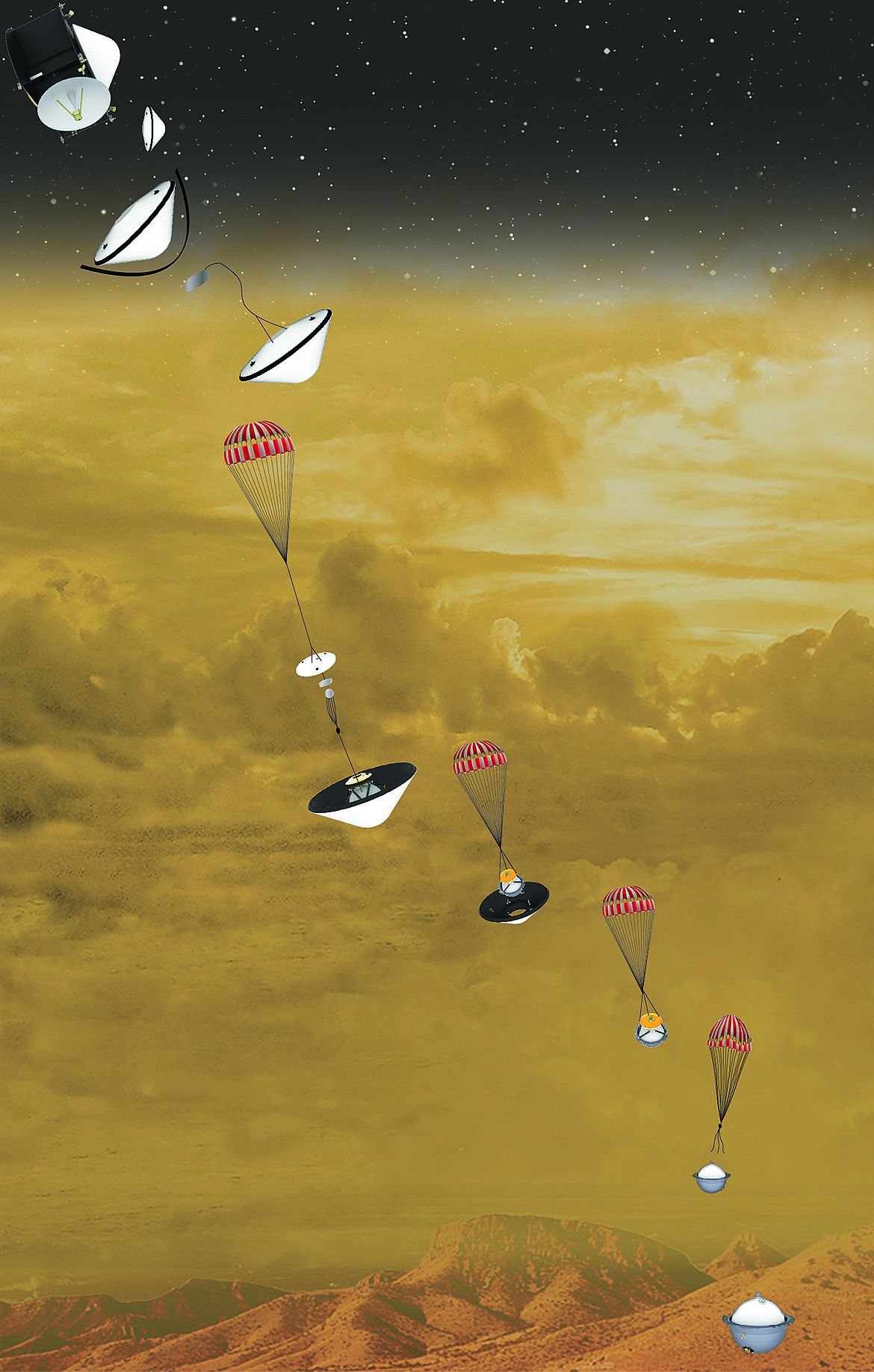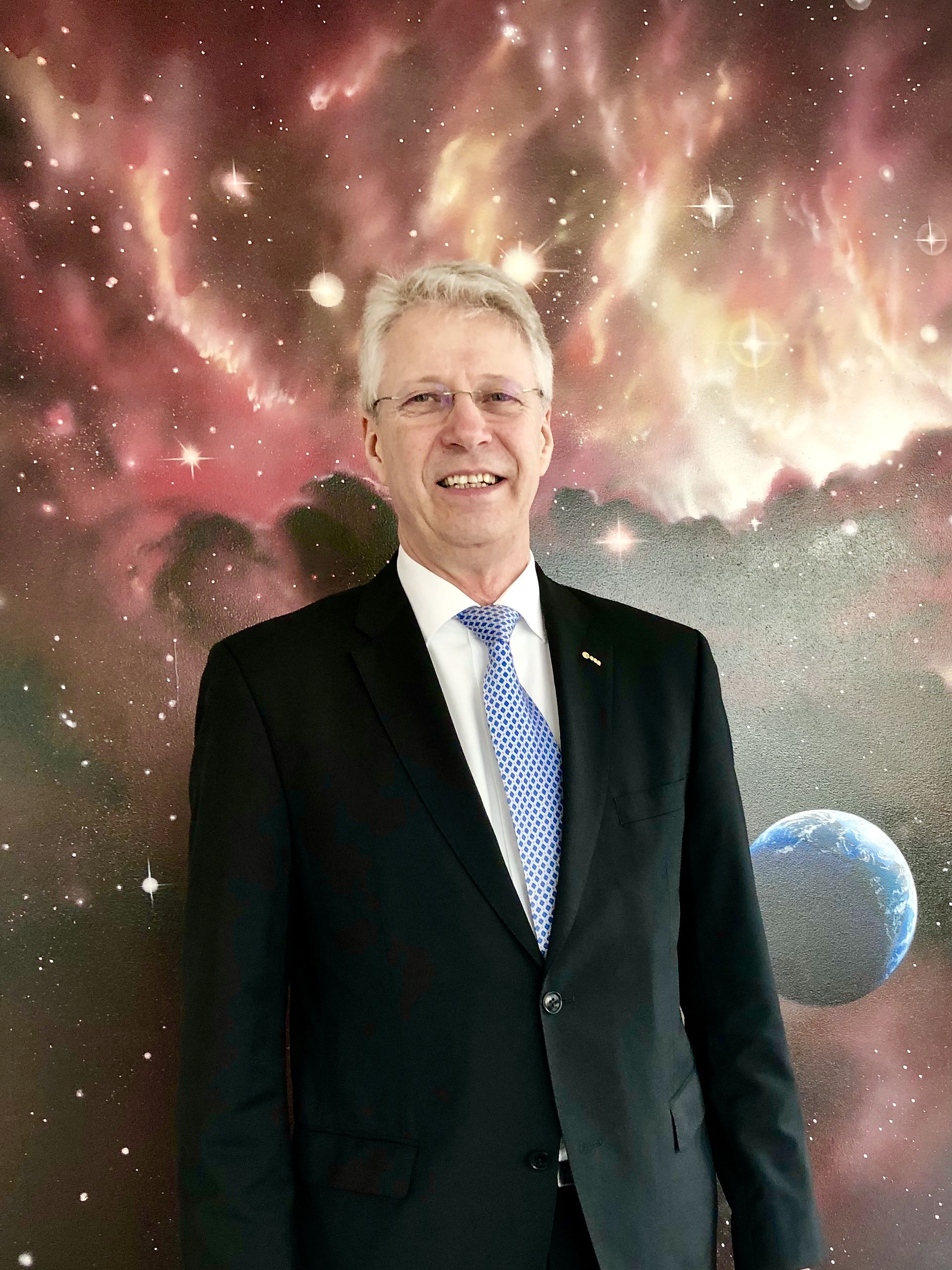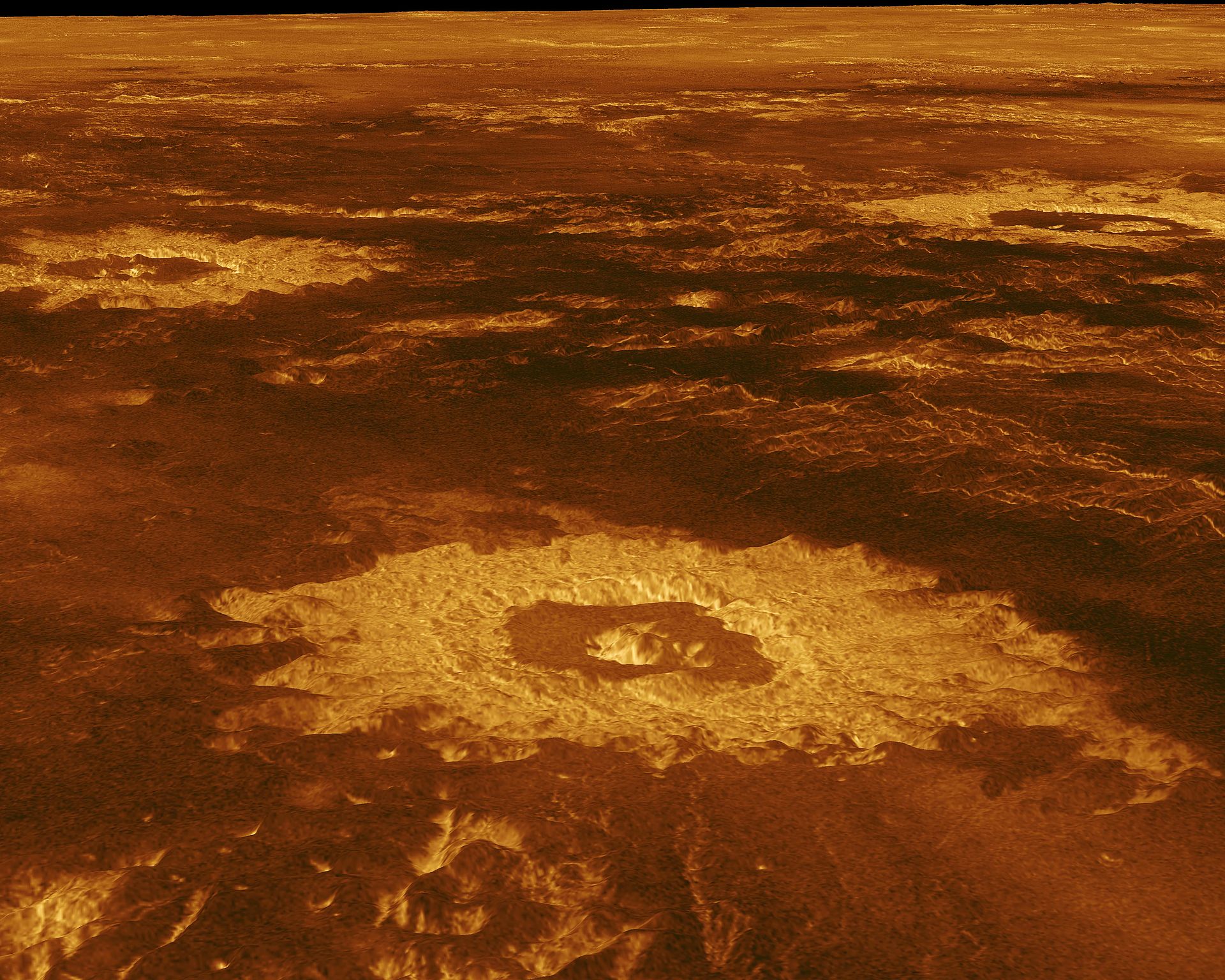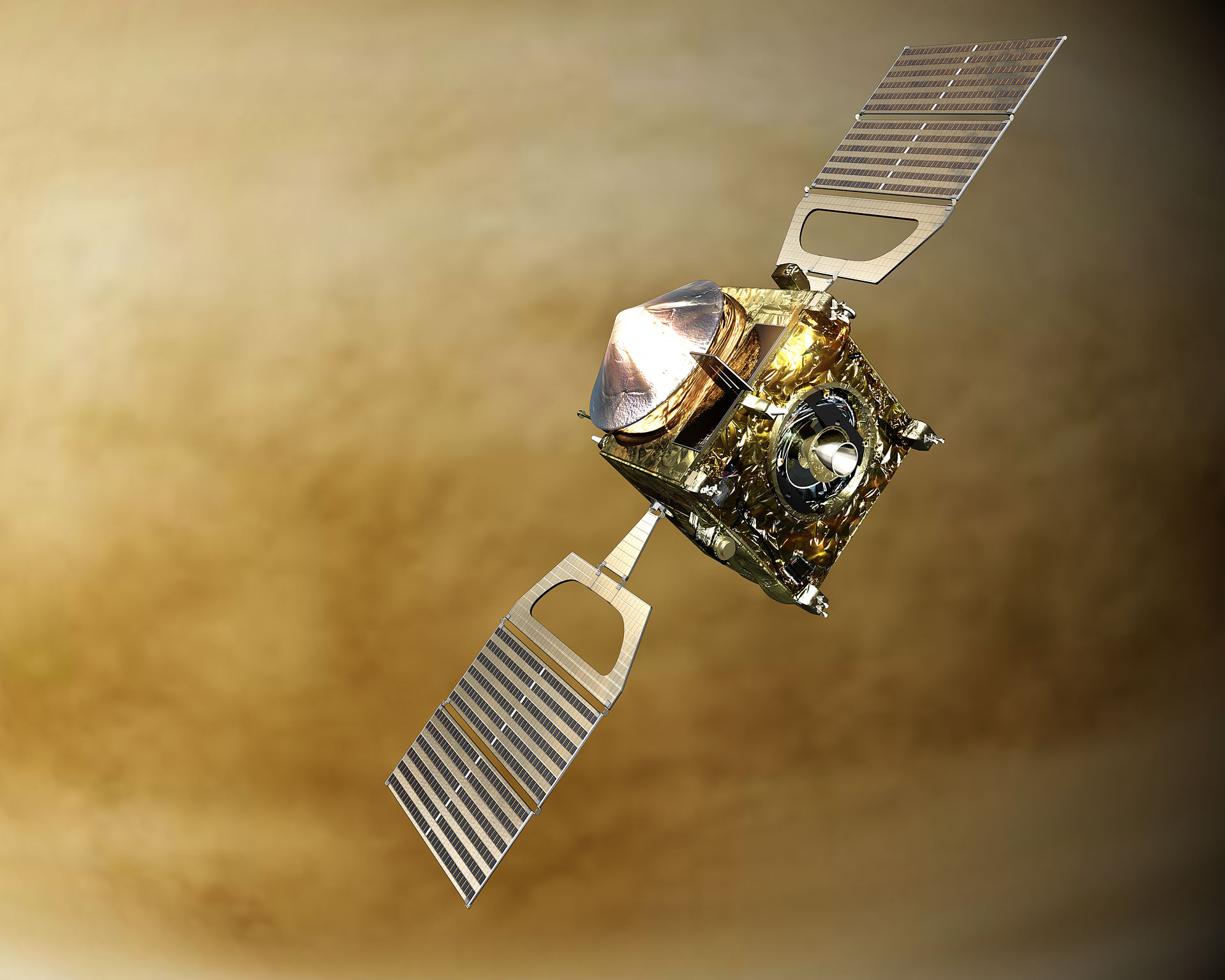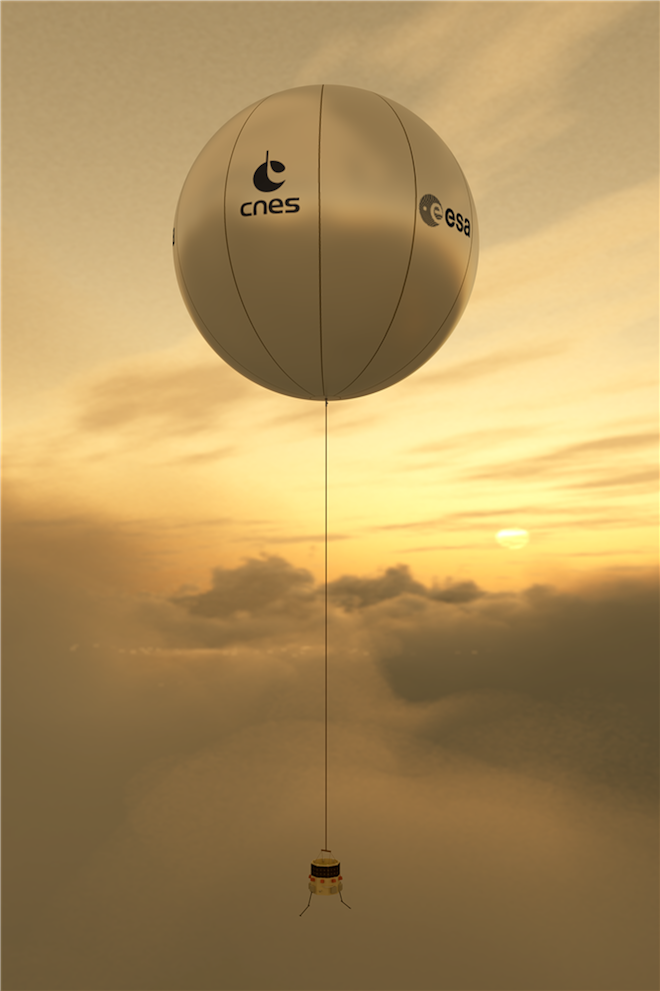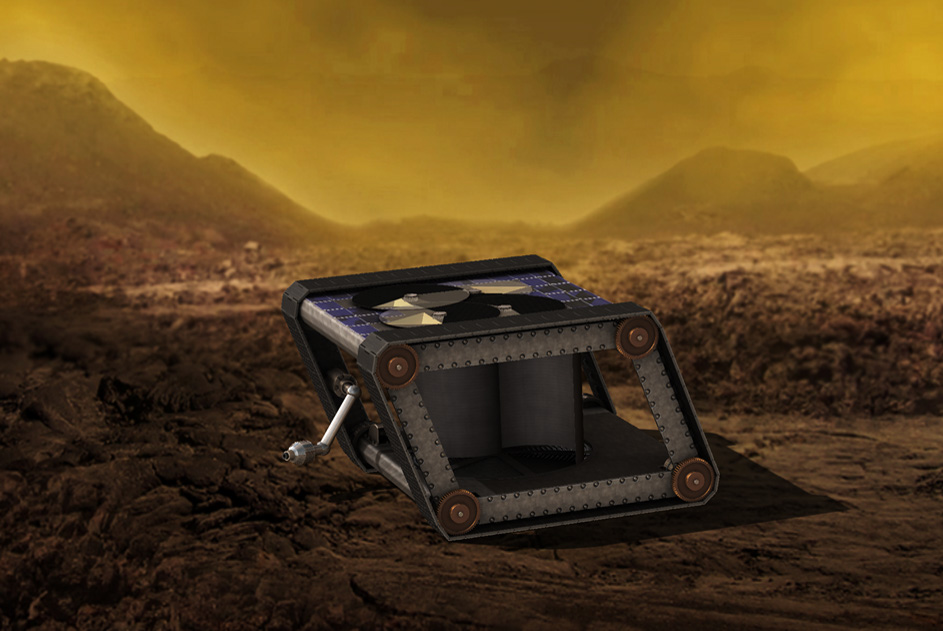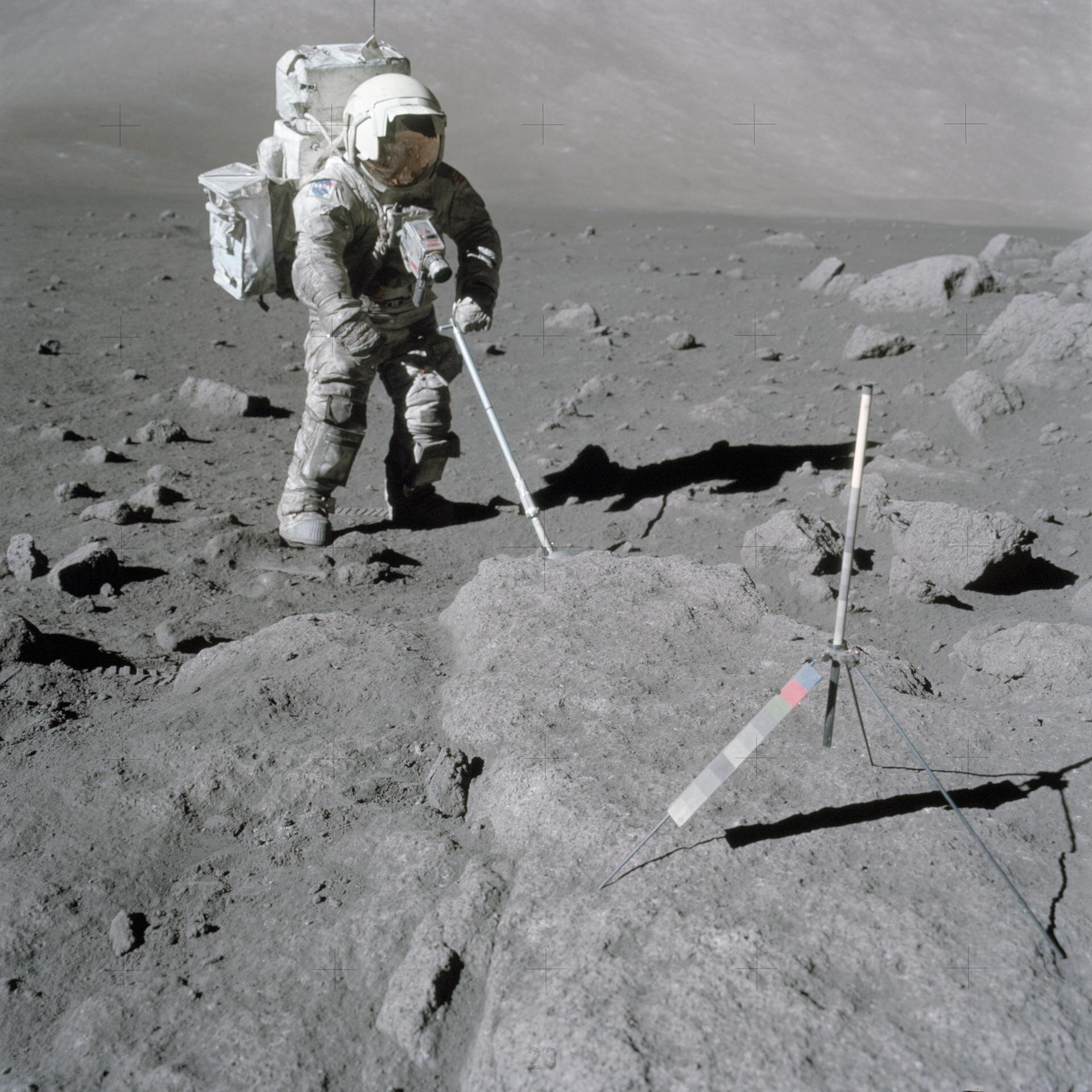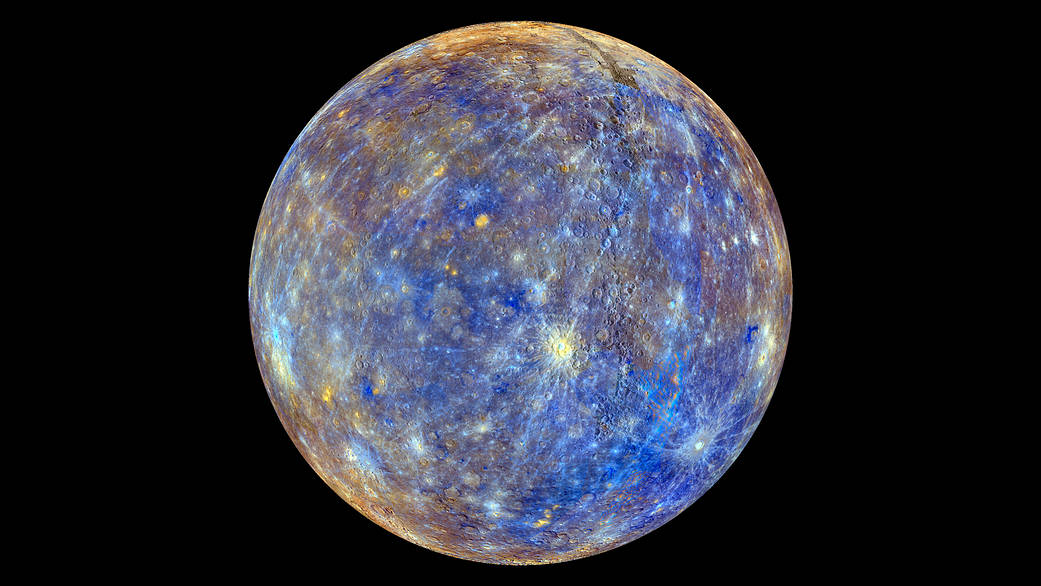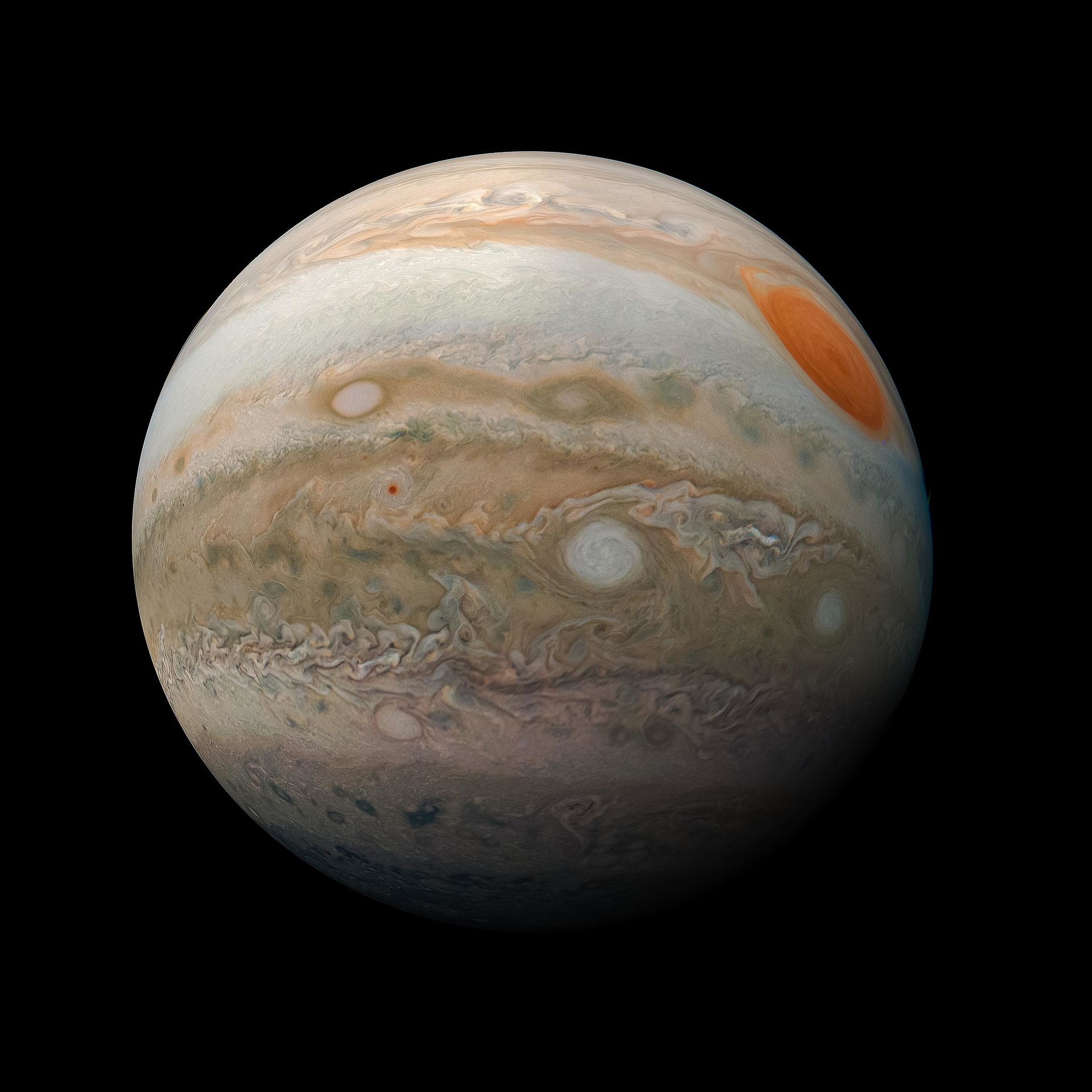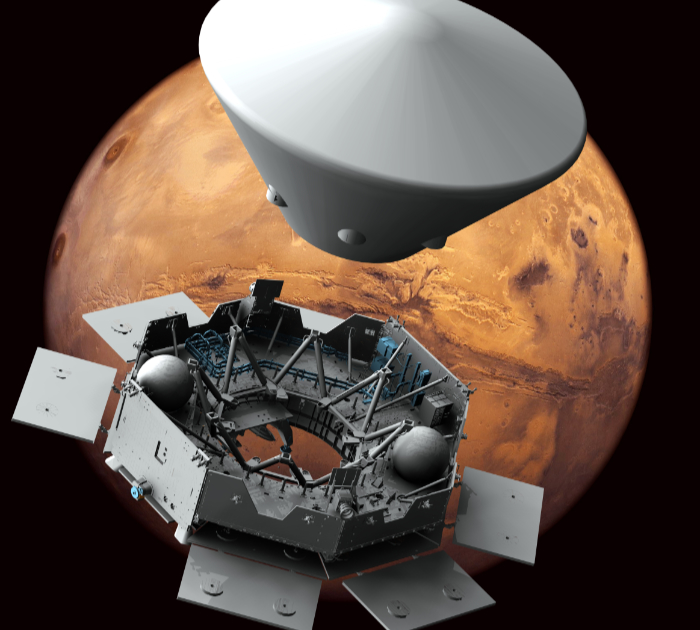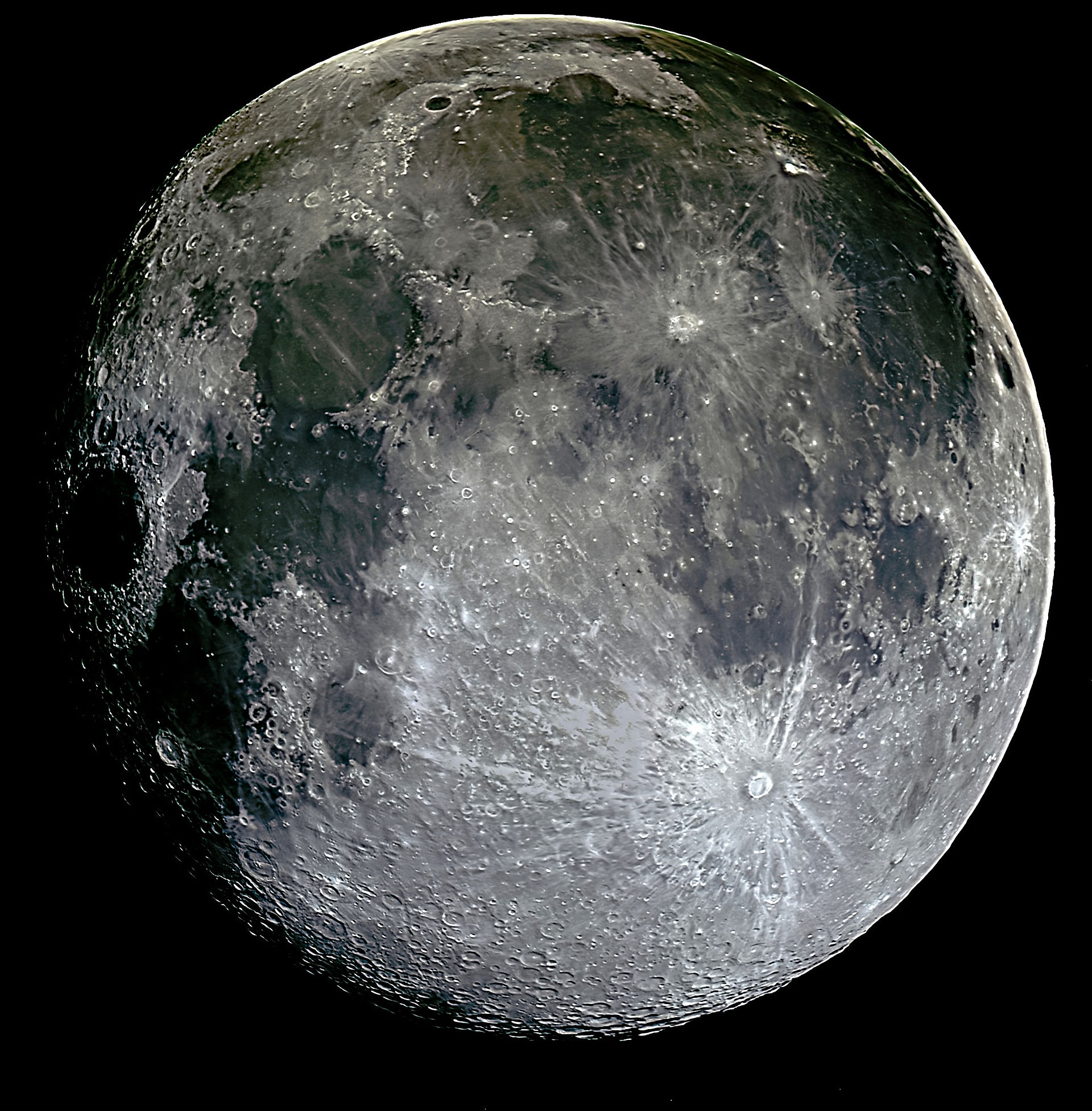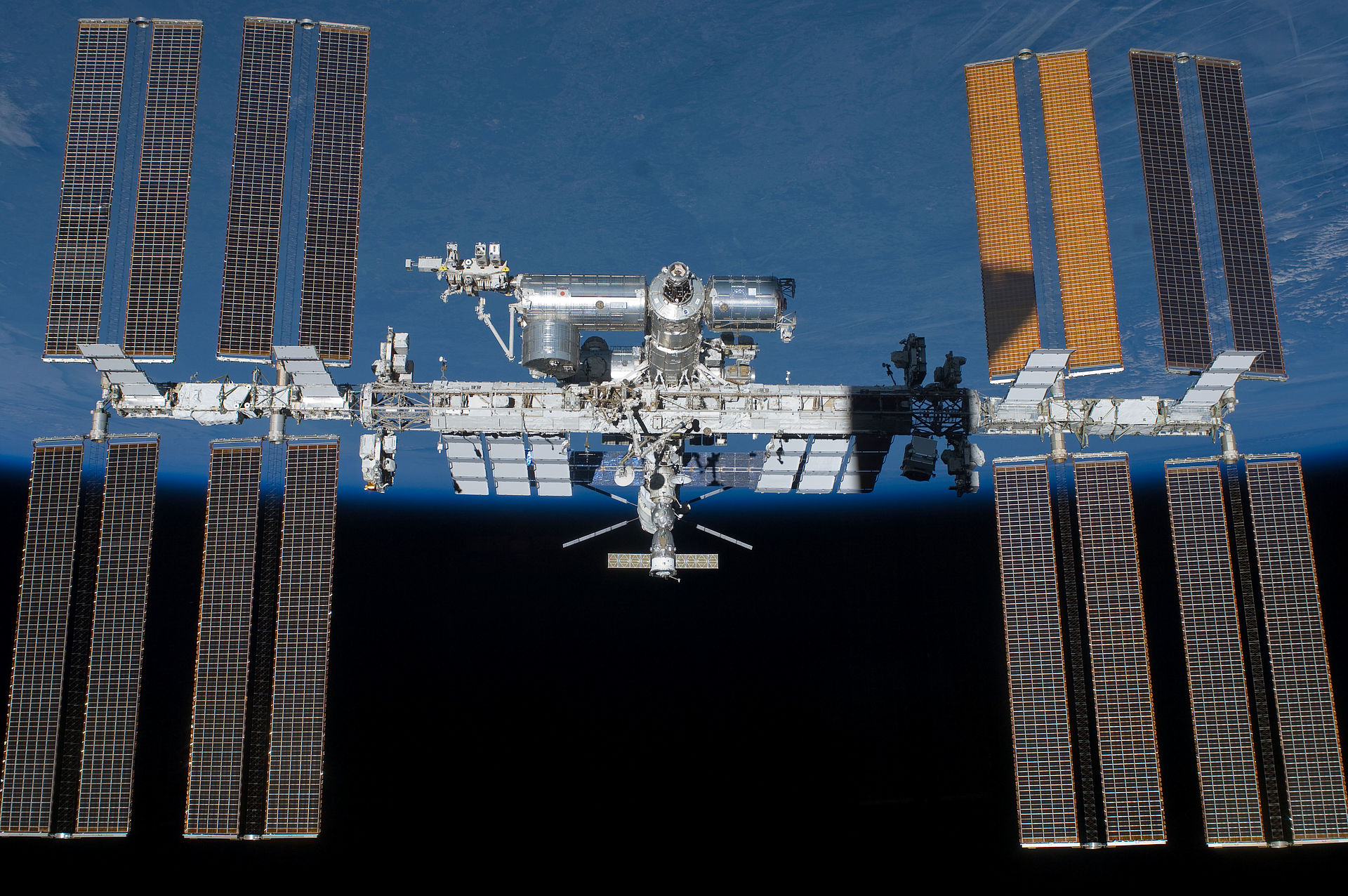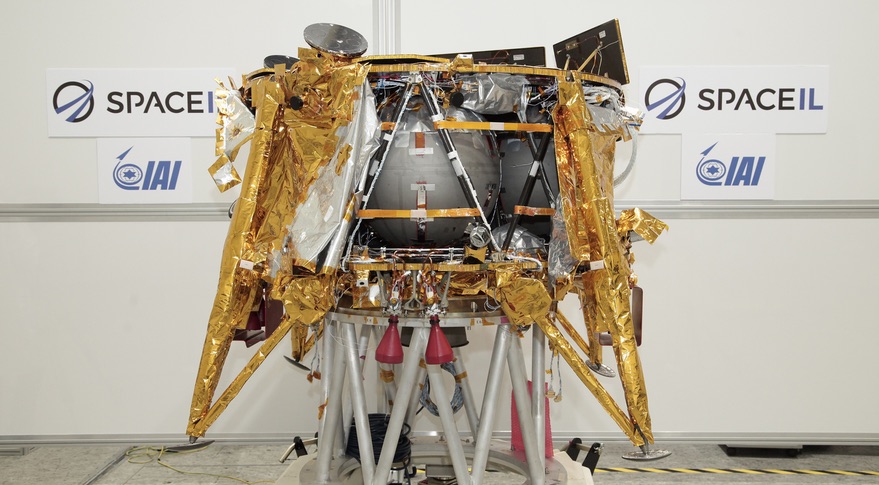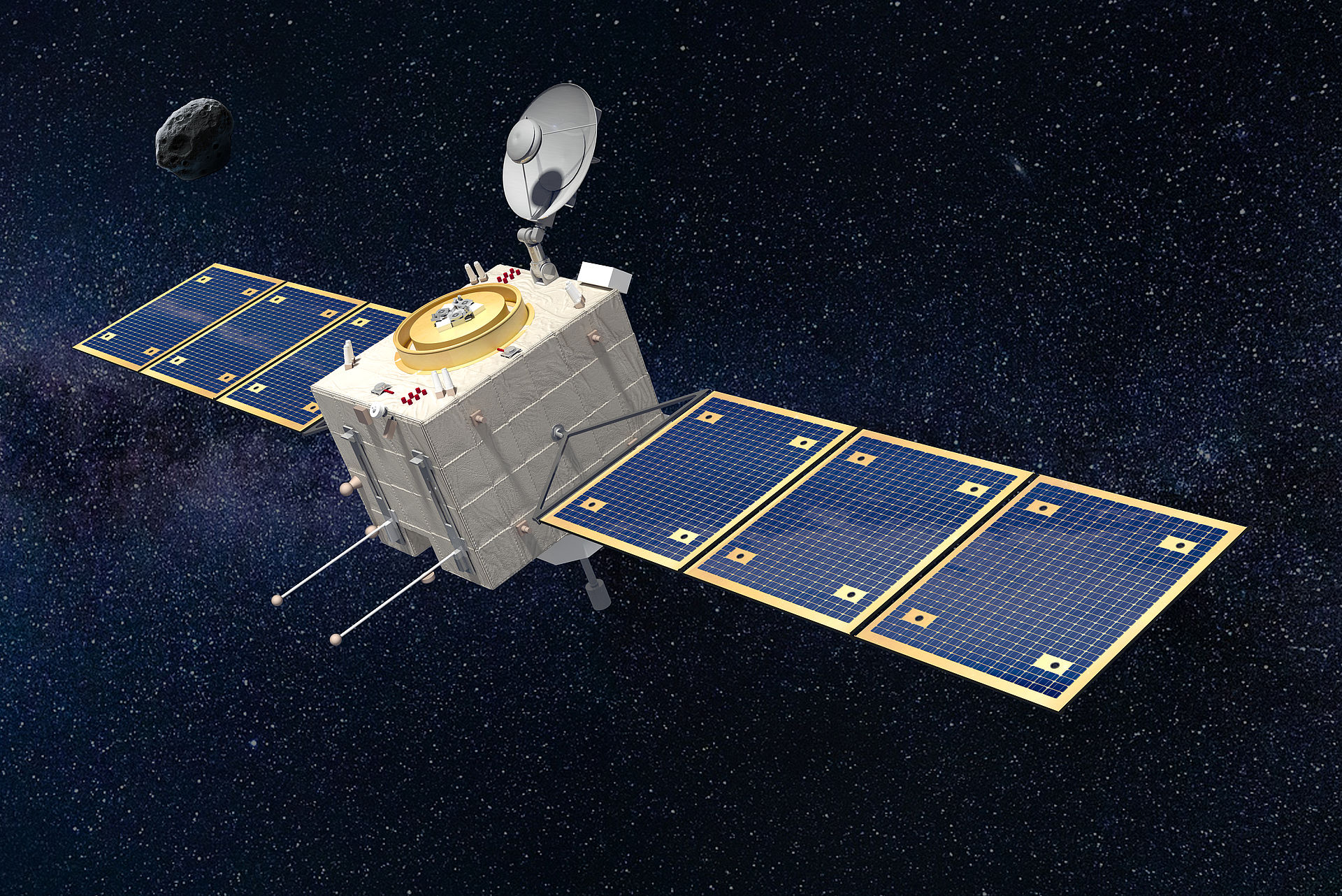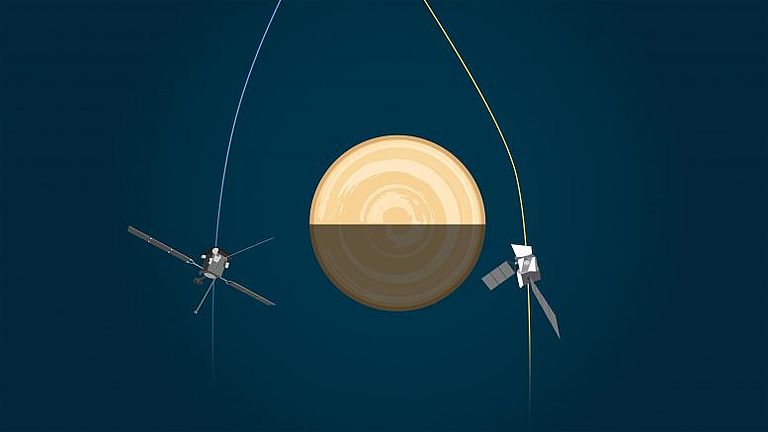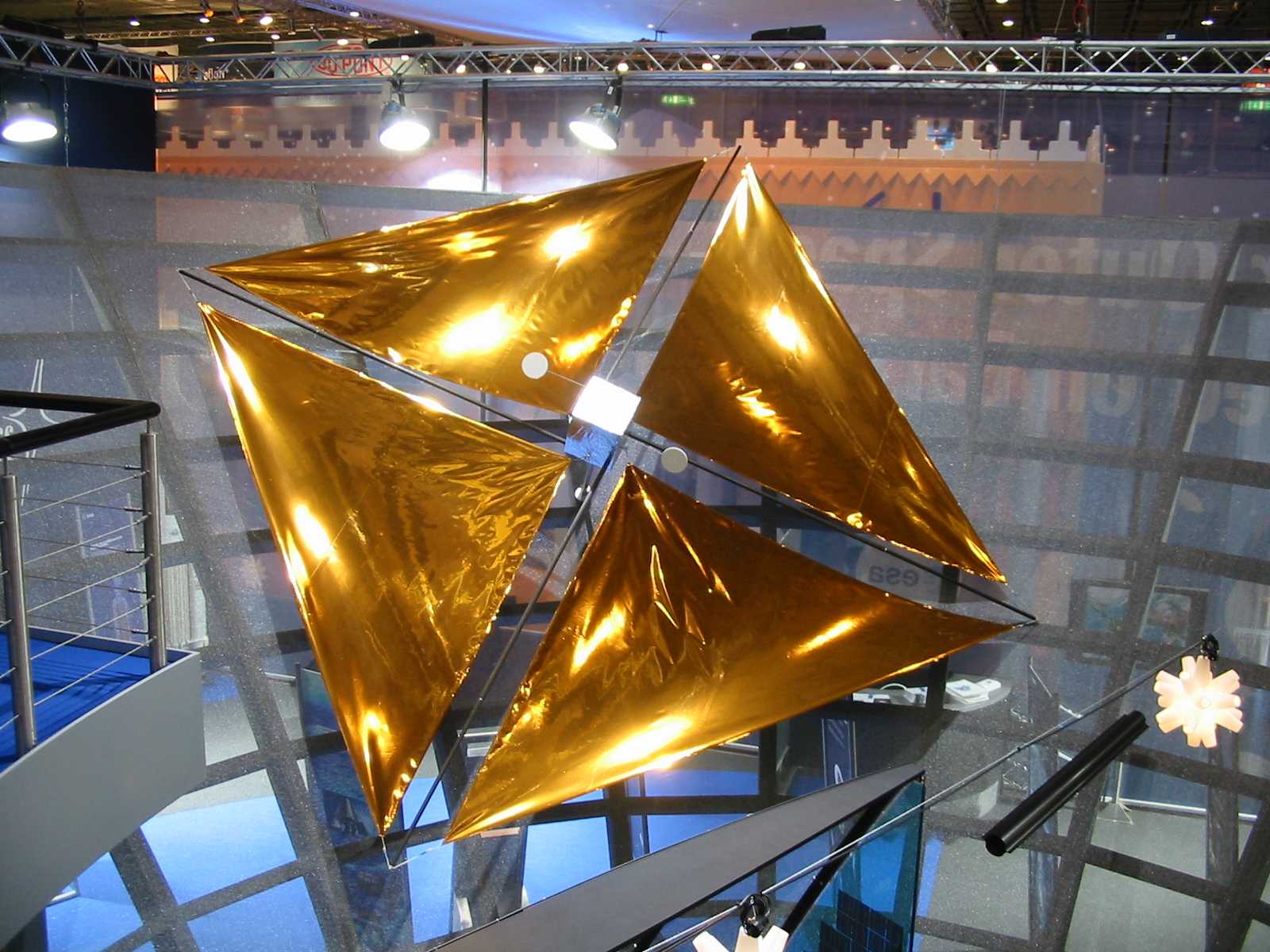Every year, up to 10 million people visit the Chinese radio telescope “FAST” in the remote region of Guizhou. In Germany, the Effelsberg Radio Telescope attracts many thousands of visitors every year. Lutz Stenvers, managing director of MT Mechatronics, explains the challenge posed by building a telescope and why we can expect groundbreaking findings in the next ten to twenty years, which may even question the way we view the world.
Mr. Stenvers, astronomy fascinates very many people – why?
On the one hand, it is the technology itself: Modern radio telescopes exert a strong fascination by virtue of their size alone – thanks to the huge bowls and the growing arrays with hundreds and soon even thousands of mobile telescopes.
On the other hand, they address the fundamental questions that have always occupied humanity and captivate our imagination. We can find answers to these questions using telescopes.
What questions can a telescope answer?
The centuries-old questions explored by astronomic research:
Where do we come from? How did humanity and life arise? Where are the galaxies headed? Is the universe accelerating?
Scientists try to answer these questions with measuring instruments such as telescopes to observe the universe.
The Ancient Greeks observed the earth, the sky and the stars with their naked eyes, making measurements and using them to draw conclusions. Galileo Galilei, who observed the skies with a telescope in 1609, ushered in a new era of optical scientific inquiry.
The first radio telescopes were built in the 1930s. They are used to pick up radio waves. Today, we use all these instruments together. Optical telescopes and radio telescopes complement each other to provide a broader picture of the universe and its beginnings. This is because with a telescope we always look into the past and try to gain an understanding of the origins of the universe.
What’s so special about a radio telescope?
Telescopes pick up electromagnetic radiation, starting with light, from the universe. Many stars are shrouded in dust and gas clouds, preventing them from being observed optically. By contrast, radiation penetrates these dust and gas clouds, allowing us to view the stars in the radio range. We explore the so-called “cold” parts of the universe at frequencies from 350 megahertz to 20 gigahertz.
How do we look into the past with telescopes?
When we receive a signal on Earth from a distance of one hundred million light-years, this means that it has been travelling through space for a hundred million years before it reaches us. So, what we are actually seeing is the past. The more accurate and efficient the instruments become, the further away we can trace the origin of the universe.
What role does MT Mechatronics play with these telescopes?
As a part of MT Aerospace, MT Aerospace has been building telescopes for scientific applications for astronomy for more than 50 years and is a highly experienced specialist. We have installed telescopes and antennas on almost every continent.
MT Mechatronics is currently working on two of the largest astronomy projects of the next decade. In the radio frequency domain, this is the SKA – the Square Kilometre Array.
We are simulating a huge antenna diameter by positioning individual antennas next to each other to obtain a higher resolution. The SKA will have a total collection area of about one square kilometer, making it the world’s largest surface observatory.
It has over 3,000 individual antennas interconnected via interferometry. The SKA project is currently undergoing development and will be completed with prototypes. The incoming signals are correlated by means of a supercomputer.
A supercomputer – you’ll have to explain that...
Yes, the world’s fastest computer is being built especially for this telescope. The antennas collect so much data that today’s computers would quickly reach their limits: The telescope produces more than twice as much data every day as is shared on the entire Internet in a single day.
The signals must be processed together, and Big Data poses great challenges in this respect. That’s why the computer is being developed for this purpose at the same time. The first part is currently being tested in the South African desert.
Why are the telescopes located in such remote places?
The telescopes must be able to receive the signals free of any electromagnetic interference. This is why they are located in the Atacama Desert in Chile, in South Africa or in the deserts of China for example. The locations have been selected and surveyed over many years. The South African government has officially set up an interference-free zone for the planned SKA observatory. The advantage of the location is that any form of electromagnetic interference is eliminated as far as possible. Communication signals for mobile telephones, television or radio are completely blocked in this region.
At the same time, interference-free regions are very remote locations which have as few inhabitants as possible. You’re not even allowed to use a normal computer or tablet as the radiation produced by the CPU, the main processor, would be sufficient to disturb the sensitivity of the antennas.
Are there any practical applications for this research?
At its core, astronomy is basic research, meaning that the instruments have no further or dual use...
So who are the clients in these projects?
Institutions such as universities that carry out these international projects, such as the SKA. But these projects are so large that they cannot be financed by a single country, which is why so many countries are involved and we work internationally.
What interest do national governments have in financing this basic research?
Emerging-market countries in particular have a strong interest as scientific telescopes are a magnet, attracting a huge audience. At the same time, the development and the construction work acts as technology promotion for the country in question. You do not only need the steel, but also the receiver signals and other special components as well as a huge engineering team to work on it.
So, research is also used to develop the high-tech industry of the host country.
The Chinese have installed the largest single telescope – i.e. not in an array – in an area of their country which had previously largely been left to its own devices. The construction of the telescope has led to a huge increase in tourism in this region, with millions of Chinese visiting the telescope every year.
The Chinese government is using this development to promote its technological sector as a form of structural support and to boost tourism.
So, astronomy is currently experiencing a boom?
Yes. Interest in astronomy is growing at the moment, indeed so much so that we are currently experiencing a boom phase.
Looking ahead over the next 10 to 20 years, we will be gaining many new instruments at the same time. Accordingly, it is safe to assume that our understanding of our own origins will increasingly improve.
It’s comparable to the situation we had several centuries ago when it was still commonly believed we that we live on a disk. It is not difficult to imagine that we will soon be making discoveries that our future descendants will still be talking about.








